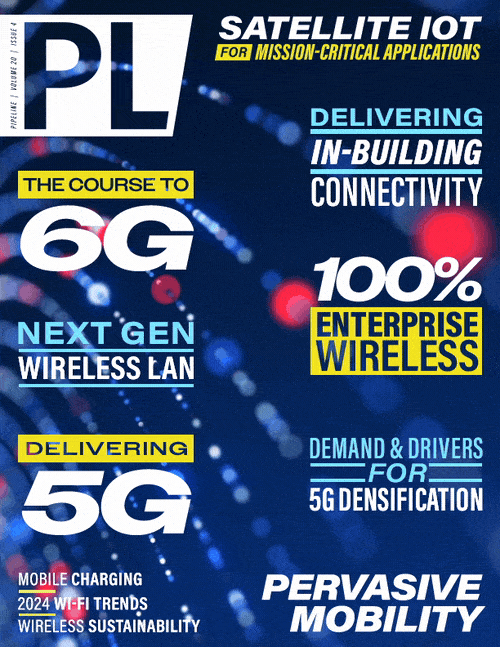Delivering Pervasive In-Building
Wireless Connectivity with CBRS

Figure 3. MORAN
MOCN
The full evolution of RAN sharing results in multi-operator core network (MOCN) architecture, in which multiple MNOs share one or more CBRS channels, as well as the baseband. By pooling spectrum allocations, MNOs maximize RAN sharing and resource efficiency for greater cost efficiency, while giving up a certain amount of visibility, flexibility, and control. (Figure 4)
Evolve DAS Models
With the traditional in-building coverage model, multiple operators share neutral host DAS infrastructure that interfaces with signal sources from each MNO’s RAN independently to provide capacity. The DAS platform then distributes that capacity from multiple MNOs to multiple antenna points throughout the building, venue, or campus. This universally accepted model provides the MNOs full visibility and control of their own RAN infrastructure and has been a de facto preferred solution for larger buildings where MNOs need most of their frequency bands.
Yet, as tomorrow’s indoor networks evolve to progressively greater RAN sharing, a model like MOCN is the type of solution that provides better efficiencies for smaller buildings with no capacity constraints. As MNOs transition to an active RAN sharing model, next-generation DAS architectures will enable sharing of the distribution and intermediate layers, while core connections to the MNO networks will exist as today. The MOCN shared spectrum model may be a more efficient solution for smaller enterprise networks and venues below 200,000 square feet, where seamless coverage is more critical than high capacity.

Figure 4. MOCN
In the cases of extreme capacity requirements, it’s expected that neutral host DAS infrastructure will continue acting as a more cost-effective in-building solution, particularly with an O-RAN-based DAS interface to MNO networks.
Prepare for Tomorrow
Mobile networks are continually evolving. It’s no secret that 5G adoption is accelerating faster than any previous generation, and 5G connections are now expected to reach 6.8 billion by the end of 2027. With a growing number of enterprises and commercial building owners looking to 5G and the IoT to automatically control building systems such as security cameras, lighting, and smart thermostats, DAS upgrades and deployment configuration changes are needed to ensure seamless in-building 5G coverage and capacity.
Looking forward, preparing for future network transformation will be critical as the FCC releases additional spectrum allocations, MNOs turn off previous mobile generations, and active RAN sharing becomes the norm. Open RAN and advancements in DAS infrastructure are paving the way to meeting these challenges with scalability, reliability, and efficiency. Every deployment project is unique, however, and a robust approach to planning goes a long way toward ensuring QoS and always-on, everywhere, in-building connectivity.



















